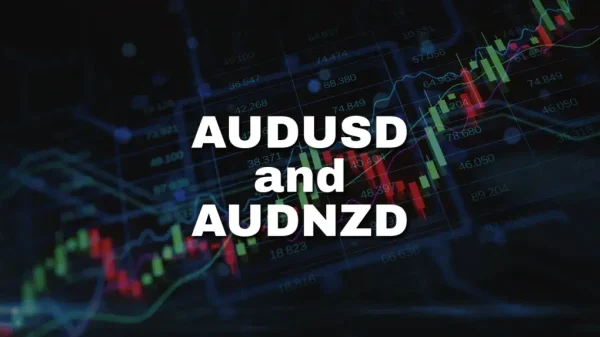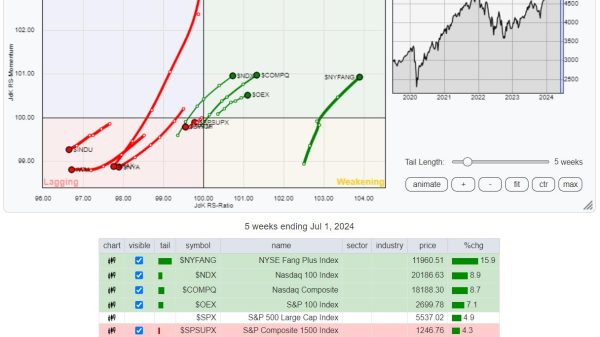Inflation remains stubbornly high. The Personal Consumption Expenditures Price Index (PCEPI), which is the Fed’s preferred measure of inflation, increased 0.6 percent in January, higher than most analysts had expected. Inflation increased slightly on an annualized basis, from 5.3 percent to 5.4 percent. Equities markets tumbled on the news, as traders anticipated further Fed rate hikes.
Core inflation, which excludes food and energy prices, also rose 0.6 percent last month. This suggests the most volatile components of PCEPI are not skewing the results. Pricing pressures are not restricted to a handful of key sectors. Instead of relative price effects, we’re seeing continued growth in the general price level. The evidence keeps mounting that this is a classic monetary-policy-induced inflationary episode.
It’s possible for supply-side factors, such as productivity slowdowns, to make the dollar depreciate faster. But such problems are usually temporary. When the bottlenecks ease, we should see falling inflation, and perhaps even outright deflation. Instead, the data shows slightly higher inflation. This is inconsistent with supply-side inflation, but fully consistent with demand-side inflation.
Inflation expectations have steadily crept up for the past several weeks. The TIPS spread, which is the difference in yields between regular and inflation-indexed government bonds, is a good proxy for what investors think will happen to the dollar. Starting in mid-January, expected inflation rose from 2.09 percent to 2.50 percent on the five-year horizon and from 2.12 percent to 2.32 percent on the ten-year horizon. Those who are willing to bet on their beliefs think inflation will remain a problem for a while longer.
The Fed will certainly continue to tighten. January’s inflation of 0.6 percent translates into 7.2 percent on an annualized basis. The Fed’s current target for its key policy interest rate is 4.75 percent. That means the real interest rate is negative 2.45 percent! While the Fed has raised its target quickly by historical standards, it is not yet enough to break the inflationary cycle. Assuming the natural rate of interest is 0.5 percent, the Fed’s target would need to rise to 7.7 percent just to hit neutral.
Many economists are worried further restrictive policy by the Fed will cause a recession. Those fears are not well-founded. Labor markets are currently strong. Unemployment is 3.4 percent, near a 50-year low. Real GDP growth during the fourth quarter of 2022 was less impressive at 2.7 percent, but still a long way from downturn territory.
Continued Fed tightening does not fundamentally threaten the economy because there is no unemployment-inflation tradeoff. In fact, the best thing the Fed can do to help labor markets is reaffirm its 2 percent inflation target and quickly return to it. Low and predictable inflation allows workers and firms to contract as efficiently as possible.
Although it may be difficult, the Fed must persevere. Elevated aggregate demand remains the best explanation for ongoing inflation. There is no reason for the Fed to ease its policy. Real interest rates should venture into positive territory, and stay there for several months, before the Fed reassess its longer-term strategy.

































